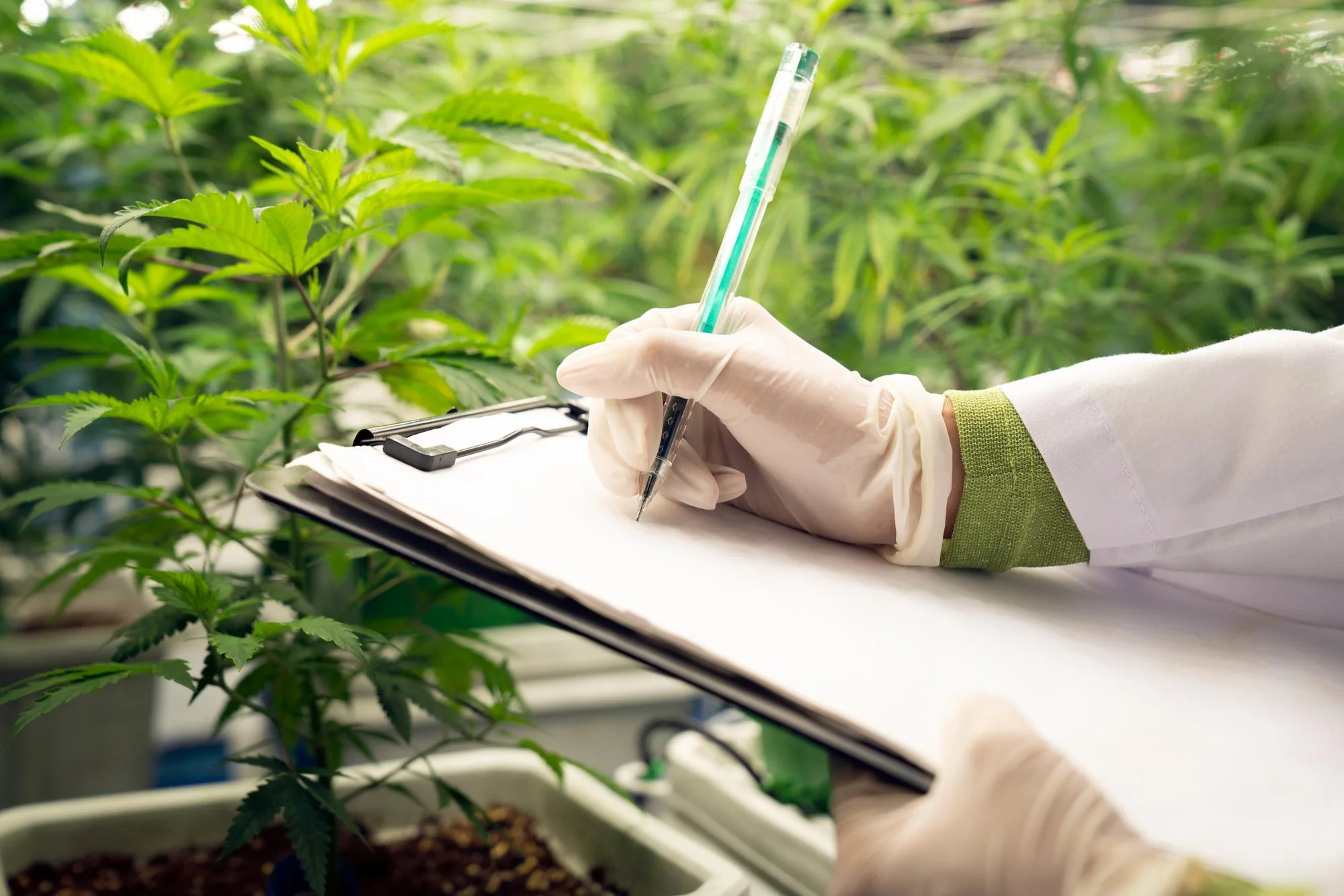DOI: 10.1016/j.jsps.2019.01.016
Introduction
In a study published in the 2019 May issue of the Saudi Pharmaceutical Journal, researchers embarked on a quest to reveal the phytochemical treasures hidden within the layers of Ferula caspica. The study was predominantly based on the plant’s aerial parts and sought to showcase its potential as a beacon for natural, potent antimicrobial and antioxidant properties. Spearheaded by a team of researchers from various departments of Hacettepe University, Ankara, Turkey, this exploration delved into a treasure trove of nature’s elixirs, shedding light on a domain of endless pharmaceutical potential.
Main Findings
The intensive study carried out by Kahraman Cigdem and associates involved the extraction of bioactive compounds from the terrestrial elevations of Ferula caspica using three solvents: chloroform, ethyl acetate, and methanol. Each yielded a collection of extracts that were meticulously probed through the lenses of antimicrobial and antioxidant assessments.
The bioassays employed by the scientists extended beyond the conventional, as they utilized bleeding-edge nuclear magnetic resonance (NMR) technology to pinpoint the chemical constituents within the extracts with an astounding precision. The constellation of elements they discovered sang in the silent poetry of positions and bonds: 1, 2, 3, 4/5 β, 6/7 O β, 8 O α, 9 O β, 10, 11 further imploring the scientific community to ponder upon their biological orchestra.
When the antimicrobial accomplishments of these extracts were quantified against a battalion of bacterial and fungal strains, the revelation was profound. Particularly, the chloroform and methanol extracts showcased an imposing stance against a spectrum of pathogens—suggesting avenues where the dire struggles against resistant strains could potentially find reprieve.
When the antioxidant potentials of the extracts were estimated, the performance evoked admiration. These natural concoctions demonstrated a hearty resilience in their capacity to quench free radicals, hence drawing the curtain on the oxidative theatrics that wreak havoc in living tissues.
Implications
The results exhibited by Cigdem and colleagues’ expedition into the essence of Ferula caspica underscore an open invitation to pharmaceutical innovation. Here lies a natural ally in the global skirmish against infectious diseases and oxidative stress—common foes of public health. The findings beckon further exploration into understanding the full scope and underlying mechanisms through which these extracts exert their antimicrobial and antioxidant effects.
Moreover, in an era where antibiotic resistance looms as an ever-growing specter, the discovery of alternative antimicrobial agents is heralded as invaluable. The prospect of deploying Ferula caspica extracts, or their individual chemical constituents, as potential agents in combating resistant microbial strains presents a research alley beaming with promise.
References
1. Abd E.-R.M.H., Wu Y.-C., Chang F.-R. (2007). ‘Sesquiterpene coumarins from Ferula foetida’. J. Chin. Chem. Soc., 54(1), 235–238.
2. Ahmed A.A. (1991). ‘Daucanes and other constituents from Ferula sinica’. Phytochemistry, 30(4), 1207–1210.
3. Alkhatib R., et al. (2010). ‘Humulane and germacrane sesquiterpenes from Ferula lycia’. J. Nat. Prod., 73(4), 780–783.
4. Altundag E., Ozturk M. (2011). ‘Ethnomedicinal studies on the plant resources of east Anatolia, Turkey’. Proc. Soc. Behav. Sci., 19, 756–777.
5. Apak R., et al. (2004). ‘Novel total antioxidant capacity index for dietary polyphenols and vitamins C and E, using their cupric ion reducing capability in the presence of neocuproine: CUPRAC method’. J. Agric. Food Chem., 52(26), 7970–7981.
Conclusion
Intricately bound within the threads of Ferula caspica’s stretches, myriad molecules await their rightful place in the compendium of therapeutic agents. As reflected in this study, nature continues to be a master chemist, engineering arrays of compounds with significant antimicrobial and antioxidant efficiency.
Keywords
1. Ferula caspica extracts
2. Natural antimicrobial agents
3. Antioxidant bioactivity
4. Phytochemical screening
5. Medicinal plants research
With research and evidence at the fore, the legacy of Ferula caspica may see it transcending from the realms of academic curiosity to a beacon of healthcare revolution.
